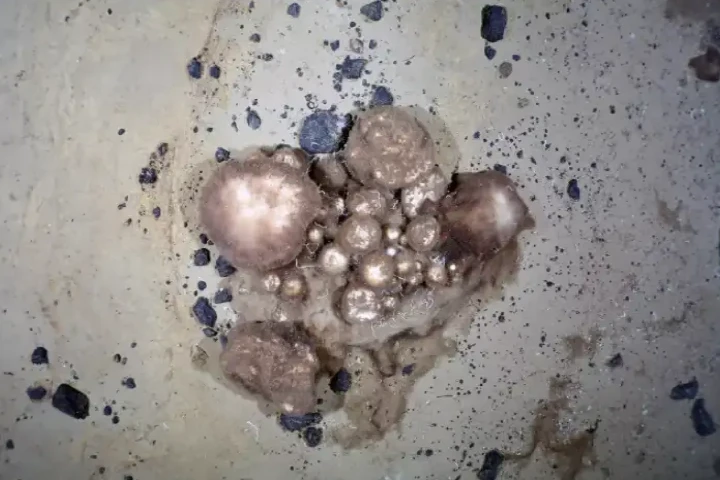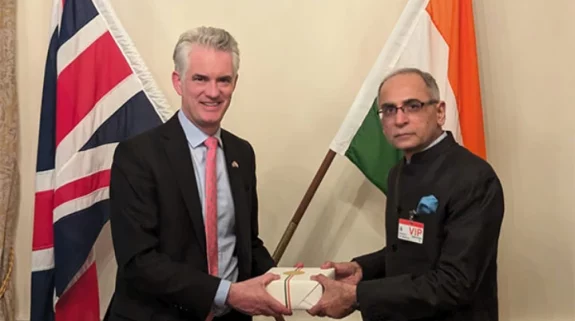The will to survive is vital and for that living beings can go to any extent. Take for example sponges which live in Arctic Ocean’s underwater mountains and thrive by consuming the remains of animals who once resided the peaks. What is amazing is that they have been eating these extinct corpses for centuries to live in these waters which are poor in nutrients.
As per an article in livescience.com, these creatures were found recently by scientists on the Langseth Ridge which is a part of the former volcanic seamount in the Central Arctic. The temperature at these depths ranging from 1,640 to 1,969 feet or 500 to 600 meters, is just above freezing and it is here the sponges in thousands were found by researchers covering an area of 15 square kilometres.
This part of the ocean has scarce nutrients for the sponges as it is devoid of hydrothermal vents, also called seeps, that offer heat and food and strong ocean currents that bring in food. In the absence of these sources, the sponges found bountiful food supply in the form of dissolved compounds from bivalves and tubeworms that have been dead for a very long time.
Also read: Scientists discover worm that chokes deadly tarantula spider to death
In order to study these sponges, researchers used the Ocean Floor Observation and Bathymetry System which is a camera and sensor network. This captured still images, video and other data of the sponge community. Using a diving robot which is remotely controlled and called “Nereid Under-Ice”, sponge samples were collected.
The details of the study were published in the journal Nature Communications.
According to the study’s lead author Teresa Morganti, scientists found that not only had the sponges thrived but that some of them had become big, measuring 3 feet in diameter.
Morganti is a postdoctoral researcher at the Max Planck Institute for Marine Microbiology in Bremen, Germany.
In their study, the researchers mentioned that a large number of sponges were reproducing too.
Talking to Live Science, Morganti said: "The main question was, 'How could such a community survive in this area?' We hypothesized that they could use a local food source — in this case, the remnants of this ancient seep community."
Looking under the sponges, the scientists discovered a dense biomass which had been formed mostly of tubes left behind by marine worms who had ceased to exist when the volcanic activity at the seamount had stopped about 2,000 to 3,000 years ago. There were many in the sponge community who were 300 years old and had varied microorganisms.
In their study, the authors mentioned that bacteria in the phylum Chloroflexi degraded the tubeworms that were fossilised and set free dissolved organic matter which helped sponges to live well.
Also read: Finally, a millipede – a worm with more than a thousand legs has been discovered!
With the sponges using the same food sources for hundreds of years and with their population growing too, will it exhaust the supply in the long run? Morganti denies it, stating that sponges have an exceptionally slow metabolic rate. She remarked: “Because these are big individuals living in the central Arctic where the temperature is low, their metabolism is very low in general. They aren't consuming this food source very fast, so I think they have plenty of food there."
It is not the food supply that the sponges have to worry about but changes in climate. The Langseth Ridge sea surface is covered with an ice layer and with the warming of the Arctic this will melt allowing more nutrients to move from the surface to the seamount below. Though food will be abundant, so will be other marine creatures as they will be attracted to it and this could bring about disruption of the sponges habitat, according to Morganti.




















